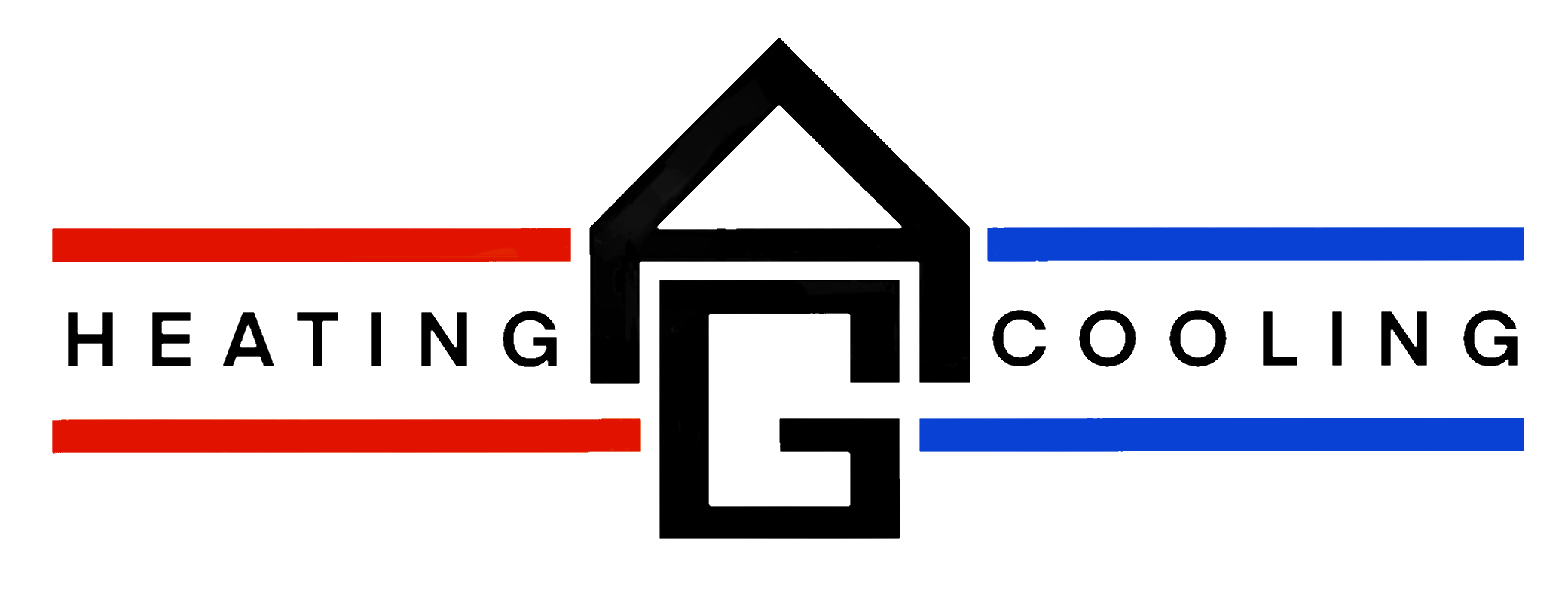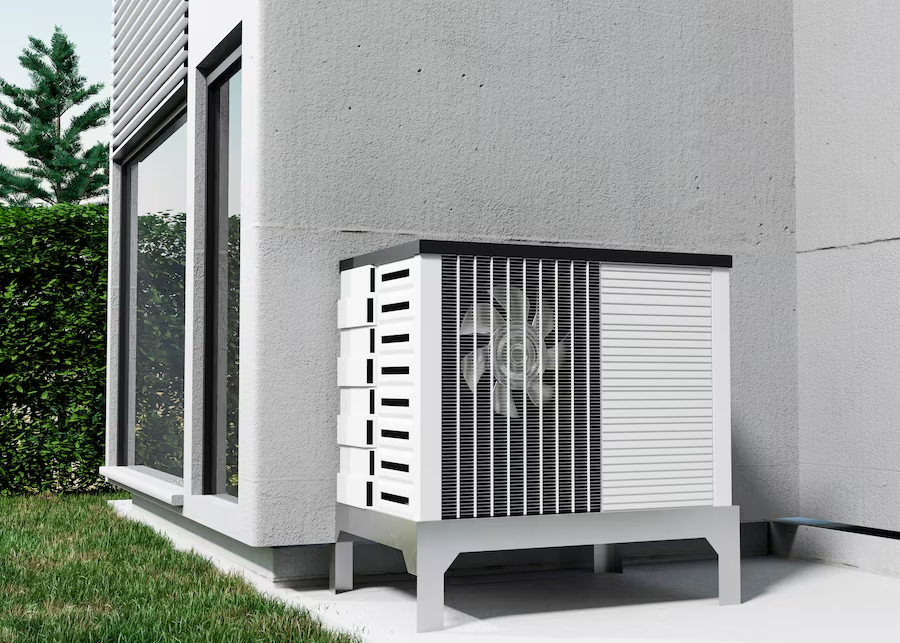With the advancement of technology in the HVAC industry, homeowners now have more options than ever before when it comes to keeping their homes comfortable all year round. The ducted reverse cycle system is one of the most popular and efficient systems on the market today. In this blog, we will take a comprehensive look at ducted reverse cycle systems and how they can help you master comfort in your home.
What is a Ducted Reverse Cycle System?
A ducted reverse cycle system is a type of heating and cooling system that uses a refrigerant cycle to transfer heat from one space to another. Unlike traditional air conditioning units that only provide cooling, ducted reverse cycle systems can both heat and cool your home, making them a versatile and cost-effective option for year-round comfort.
How Does it Work?
Ducted reverse cycle systems operate by utilizing a compressor to circulate refrigerant through coils positioned both inside and outside your residence. In the cooling phase, the system extracts heat from indoors and disperses it externally, resulting in a refreshing and pleasant indoor atmosphere. When in heating mode, the system reverses this process by absorbing heat from the outdoors and transferring it indoors to provide warmth for your residence.
Components of a Ducted Reverse Cycle System
A typical ducted reverse cycle system comprises several key components:
- Indoor Unit: Installed in the roof space or under the floor, it handles the air distribution.
- Outdoor Unit: This ducted reverse cycle system houses the compressor and condenser outside the premises.
- Ductwork: Distributes air from the indoor unit to various rooms.
- Vents and Controls: Allow the conditioned air to enter the rooms and regulate temperature.
How Does a Ducted Reverse Cycle System Work?
The system operates on the principle of reverse cycle technology, which allows it to both heat and cool your home.
- Heating Mode: The system extracts heat from outside air and transfers it indoors.
- Cooling Mode: It transfers heat from the interior of your home and removes it outside.
- Thermostat Operation and Zoning: Modern systems offer zoning capabilities, enabling you to control the temperature in different areas independently.
Benefits of Ducted Reverse Cycle Systems
There are many benefits to choosing a ducted reverse cycle system for your home. Some of the key advantages include:
- Energy Efficiency: Ducted reverse cycle systems are highly energy efficient, making them a cost-effective option for heating and cooling your home.
- Zoned Heating and Cooling: With a ducted reverse cycle system, you can create different temperature zones in your home and control the temperature in each zone independently, helping you save energy and customize your comfort.
- Quiet Operation: Ducted reverse cycle systems are known for their quiet operation, so you can enjoy a comfortable indoor environment without the noise of traditional heating and cooling systems.
- All-In-One Solution: Instead of needing separate heating and cooling systems, a ducted reverse cycle system provides both heating and cooling in one unit, simplifying your HVAC setup.
- Improved Air Quality: Ducted reverse cycle systems come with air filters that help remove allergens and pollutants from the air, improving the overall air quality in your home.
Installation Considerations For Ducted Reverse Cycle Systems
Before installing a ducted reverse cycle system, several factors need consideration:
- Home Suitability and Size: The system should match your home’s size and layout.
- Ductwork Design and Placement: Proper design and placement are crucial for optimal performance.
- Professional Installation Importance: Professional installation ensures the system operates efficiently and safely.
- Costs Involved: While initial costs can be high, the long-term benefits often outweigh the expense.
Tips for Maintaining Your Ducted Reverse Cycle System
To ensure that your ducted reverse cycle system continues to run efficiently and effectively, it is essential to keep up with regular maintenance. Some tips for maintaining your system include:
- Regularly changing air filters to improve airflow and prevent dust buildup
- Checking and cleaning outdoor unit coils to remove dirt and debris
- Scheduling annual professional inspections to catch any potential issues early
Choosing the Right System for Your Home
Selecting the right system involves:
- Factors to Consider: Home size, local climate, and budget.
- Popular Brands and Models: Research reliable brands and models to find the best fit.
- Consulting with HVAC Professionals: Professional advice can help tailor the system to your needs.
A ducted reverse cycle system offers unparalleled comfort, efficiency, and versatility for any home. By understanding its components, benefits, and maintenance needs, you can choose wisely to keep your home comfortable throughout the year. Consider investing in a ducted air conditioning system to master your home’s comfort today.

